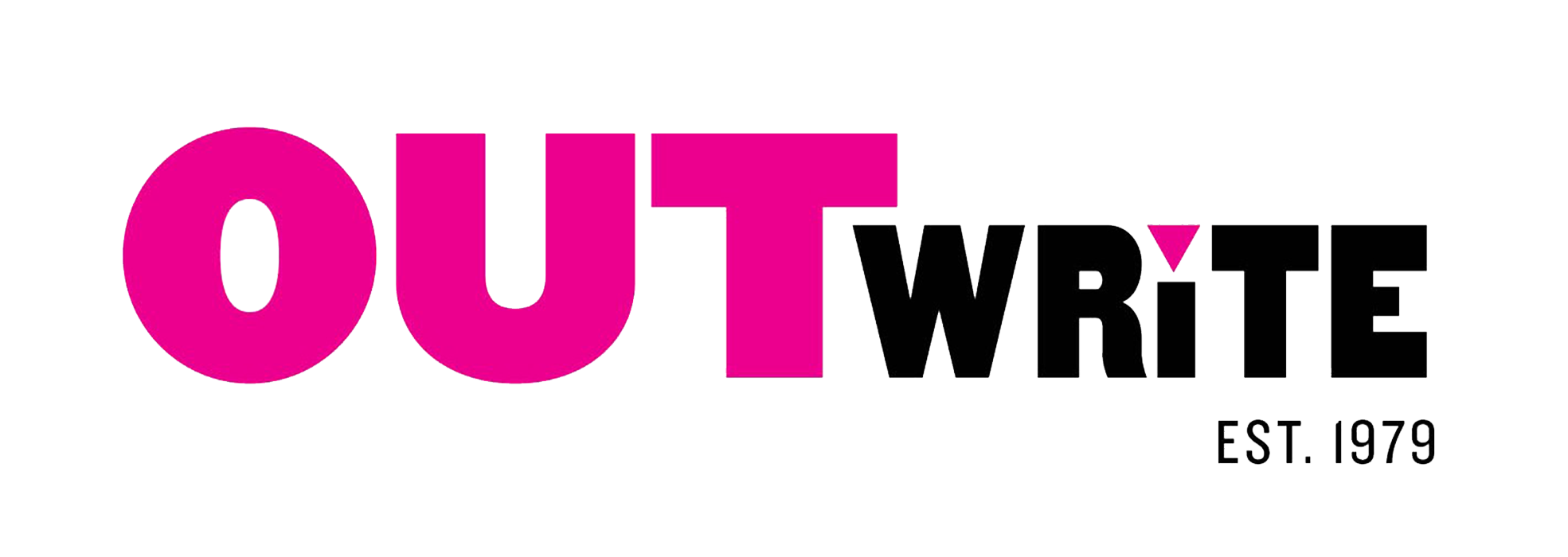Katelyn Lee/OutWrite
Content warning: Discussion of HIV/AIDS-related stigma (serophobia)
Even in 2024, the American Medical Association’s (AMA) first openly gay president, Dr. Jesse Ehrenfeld, needed to talk about the fight against workplace discrimination in a healthcare system already battling “record levels of burnout” in his farewell address to the AMA House of Delegates.
The “rainbow ceiling” is a well-hidden barrier that enshrouds many aspects of social life for LGBTQ+ folks, including experiences in healthcare. Its prismatic form refracts and distorts our perceptions of the inequalities it conceals, and these shards form complex networks that find their ways into educational and financial domains. Beneath its glossy facade, we see how the rainbow ceiling perpetuates both hidden and visible challenges that stem from historical inequity and contemporary discrimination against the LGBTQ+ community. These obstacles manifest themselves in the widespread marginalization of LGBTQ+ people in healthcare.
This rainbow ceiling is a product of the cisheteropatriarchy. Characterizing the rainbow ceiling requires that we analyze its beginnings.
The AIDS crisis of the 1980s serves as a stark reminder of the history of this marginalization. Framing HIV/AIDS as a gay disease was the first of many public health catastrophes that established a pattern of mistrust between the LGBTQ+ community and the healthcare system.
This inequity is exacerbated in the modern day by a lack of LGBTQ+-specific training for medical professionals, particularly primary care physicians. According to a 2018 study by the Journal of the American Medical Association, U.S. medical schools dedicate a median of just 5 hours to LGBTQ+ health education across their four-year curricula. This oversight leaves doctors less prepared to address the unique health needs of LGBTQ+ patients.
Beyond a lack of LGBTQ+-specific training, active discrimination also results in substandard care for many LGBTQ+ individuals. A 2020 survey conducted by the Center for American Progress revealed that 28% of transgender respondents avoided seeking necessary medical care due to anti-queer discrimination, and many reported facing discriminatory comments or dismissive attitudes from medical staff.
A lack of LGBTQ+ respect or representation in the medical space reinforces a cycle where LGBTQ+ issues get sidelined in curricula and research. This consequently perpetuates issues of mistrust, miseducation, and discrimination, creating a feedback loop in which the unique health needs of LGBTQ+ individuals remain inadequately addressed, further alienating the community from the healthcare system and impeding progress toward equity.
Deconstructing the rainbow ceiling is, therefore, a complex task demanding a multidimensional approach. It begins with comprehensive reforms in medical education. Medical schools need to adopt mandatory cultural competency training and more nuanced teaching on topics like HIV prevention and the LGBTQ+ mental health crisis. Policy change is another critical piece of the puzzle. We must strengthen anti-discrimination laws protecting LGBTQ+ patients and allocate funding for LGBTQ+ health research.
Visibility often influences the culture of workplace dynamics, the medical leadership necessary to inspire future generations of LGBTQ+ healthcare professionals, and the ability to voice the needs of the community.
As Dr. Ehrenfeld and other trailblazers in the community work to dismantle this metaphysical ceiling, the responsibility does not lay solely on their shoulders. Allies in the medical field must advocate to ingrain medical equity in the cultural practices and professional fabric of healthcare.
Throughout his presidency, Dr. Ehrenfeld has been a vocal advocate for LGBTQ+ health equity and the elimination of discriminatory practices within the medical profession. In his 2023 address, Dr. Ehrenfeld candidly shared a personal experience where he and his husband were prohibited from donating blood to their premature son due to policies that barred gay men from donating — a restriction rooted in stigma that was only changed by the FDA that year.
While Dr. Ehrenfeld’s leadership represents a critical step toward dismantling the rainbow ceiling, he emphasized the need for collective action. The AMA under his leadership has called for policy changes to ensure LGBTQ+ individuals — both patients and providers — are protected from discrimination.
Though the rainbow ceiling may be an abstract concept, its impact is anything but. In a world where these inequities are free to persist, dismantling the rainbow ceiling is not just a moral imperative, it is a necessary step toward a healthier and more inclusive future for the medical field.

